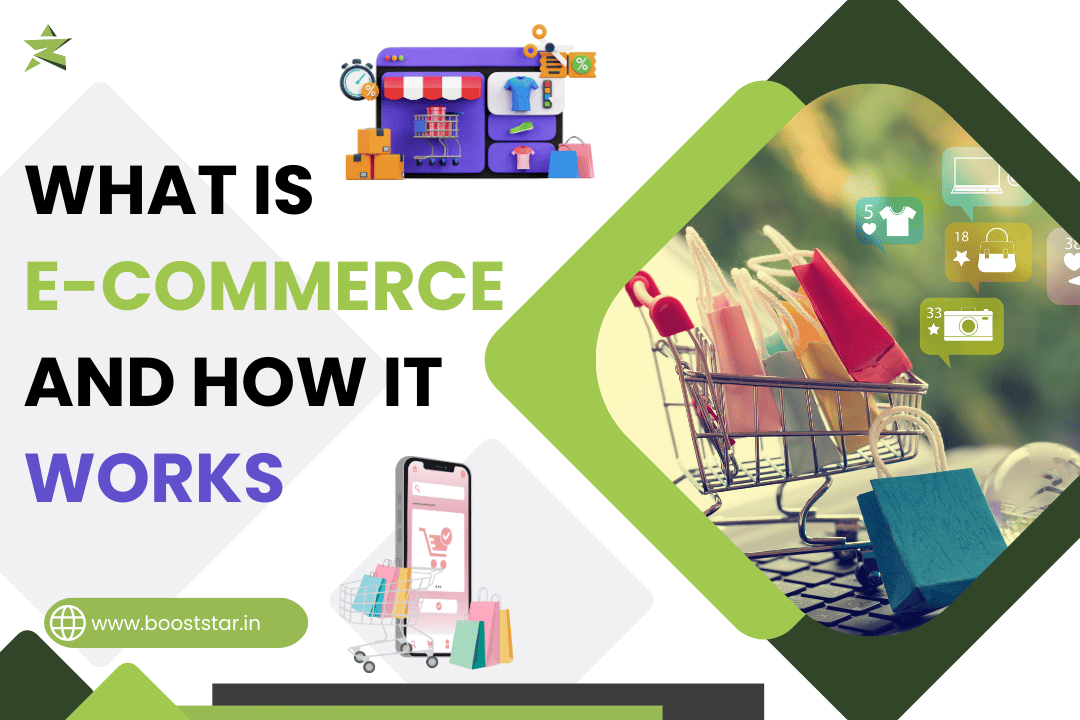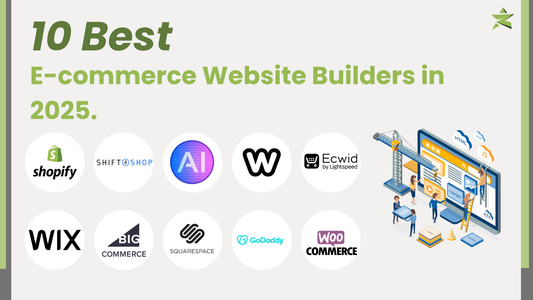An Explanation of E-Commerce and how it is Undertaken
E-commerce is short for electronic commerce hence can be defined as the process of shopping where the buyer and the seller make use of the internet. It has changed the way the channels of commerce operate through advancement in use of this digital marketplace. Talking about such areas of consumption as retail buying goods or internet banking, e-commerce is a broad definition that refers to any business exchange that is made over the World Wide Web.
Types of E-Commerce
There are different classifications of e-commerce depending on the characteristics of the buy-sell transactions.
- Business to Consumer (B2C): This is the most popular type of e-commerce wherein organizations markets or sells goods to a customer. Companies that sell products directly to the public via the internet are good examples of B2C e-commerce businesses; Amazon.
- Business to Business (B2B): Under this model, exchanges take place between the business, for instance, manufacturers selling to wholesalers or retailers. A popular B2B e-commerce company is Alibaba.
- Consumer to Consumer (C2C): This kind of e-commerce enables consumers to sell goods or services to other customers and is supported by networks such as the eBay and craigslist.
- Consumer to Business (C2B): In the C2B model consumers offer products or services to companies. Independent marketplaces such as Upwork function on its basis, enabling people to work for companies.
How E-Commerce Works
Just like any other business, e-commerce undertakes certain procedures that help in executing a sale between buyers and sellers. To start, enterprises design a presence, which may be an Internet site or application, where they offer their products and services. Customers go through the catalogue based on search options and keywords that they would wish to purchase.
Advantages of E-Commerce
- The conduction of business through the internet has several advantages for both the buyers and the sellers.
- Convenience is one of the benefits of online shopping, and this is because clients can shop at their own convenience
- On one side of the fence, e-commerce offers a broad market to businesses since they can reach out to anyone in the world
- The last advantage of E-commerce Service is also Useful, there are minimum costs like rent and electricity for shops associated with the selling of goods.
Conclusion
E-commerce can be described as a growing and constantly developing field that has revolutionized the purchasing process and realm of business. Thus, using the strengths of e-commerce, opportunities for the development of effective E-Commerce strategies for achieving business goals are opened, and a focus on meeting the needs of consumers is ensured. E-commerce has become limitless opportunities for both business organizations who want to capture a new market and for the common consumers by affording them a more convenient and variety of choice.
To know more about e-commerce and our service list, please go to the official website of Boost Star Experts. Discover the comfort and advancement of the digital market with us! Also Visit our website https://booststar.in/










